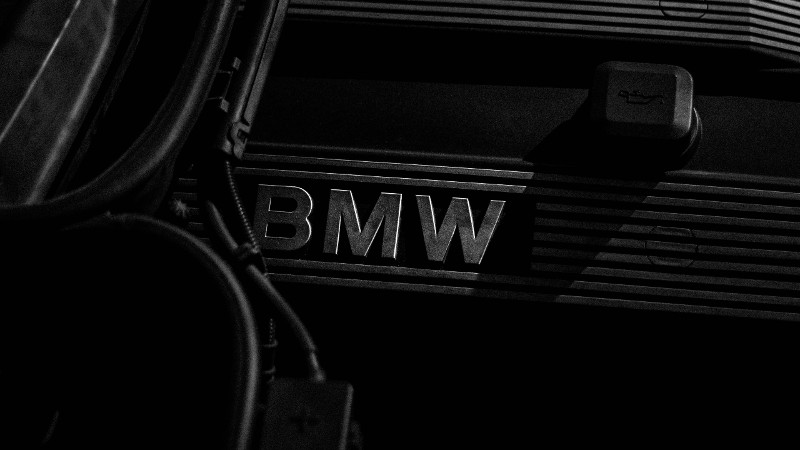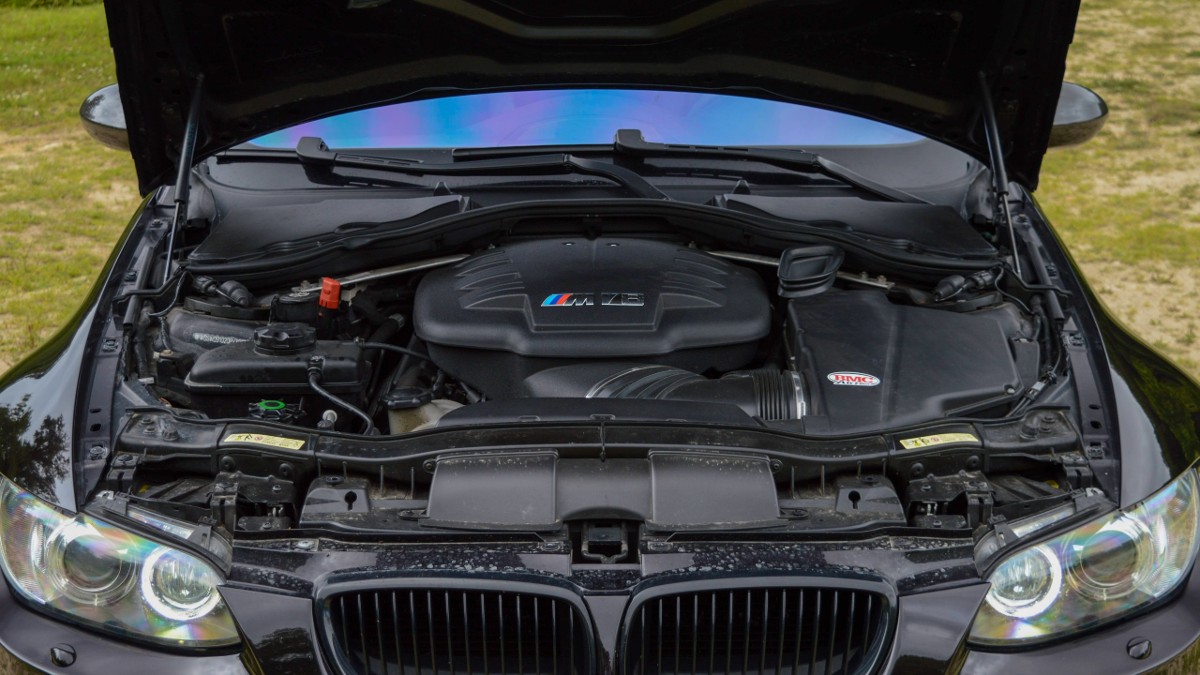By about 1991, BMW had started using plastic injection mold technology. Plastics have improved people’s lives in various ways. The use of plastics in automobiles is acknowledged for minimizing weight and improving its overall design. Have you ever wondered why BMW uses plastic parts on its engines?
BMW uses plastic on various engine parts, such as the transmission. Plastic parts are cheaper to manufacture, and recycled plastic reduces pollution. A car with plastic parts on the engine is lightweight for improved performance, feud economy, and low carbon emissions.
Between 2010 and 2019, BMW used the most plastics under the hood for their sedans. Using plastics gives carmakers significant savings on cost and weight. If the plastic parts were made with metal, the car would be less fuel efficient and heavier, with worse performance but cost more.
What type of plastics does BMW use?
BMW is set to use injection-molded plastics from recycled fishing nets and ropes for their NEUE KLASSE for launch in 2025. The new models will feature plastic trim parts with about 30% recycled fishing nets and ropes. The raw materials are sourced from the world, where they may be discarded in the sea.
The initiative is developed with collaboration from PLASTIX, a Danish company, to take maritime conservation to another level. Plastic granules are produced through an innovative process from fishing nets and ropes. These granules are for use on interior and exterior trim parts.
Using plastic will lower the carbon footprint by 25% compared to plastic from conventional materials. This plastic also reduced the use of petroleum-based primary plastics. BMW already used recycled nylon to create floor mats for the BMW iX and BMW X.
The BMW Group targets to increase the use of secondary thermoplastic material in new vehicles from the current 20% to about 40% by 2030.
BMW’s Green Driving Machine
Automakers find it challenging to improve their sustainability credentials since their products have an inherently heavy environmental footprint. BMW’s efforts to decrease the use of recycled material in their cars deserve credit.
The carmaker unveiled the BMW i Vision Circular concept vehicle at the International Motor Show IAA Mobility 2021. It’s optimized for closed material recycles to achieve 100% recyclability. Materials for the vehicle have already passed their product life cycle.
Its solid-state battery is 100% recyclable and almost entirely made of recycled materials. The battery achieves higher energy density while utilizing a few valuable resources. Its seat assemblies are wholly plastic with quick-release fasteners and textile components.
The car’s instrument panel is built with recycled aluminum, FSC-certified wood, and recycled 3D plastic. It incorporates BMW’s signature quick-release fastener to separate major components easily. The interior has recycled wood powder, 3D-printed plastic, and other plastics.
Under-the-hood parts that can be made with plastic
Automakers like BMW always look for ways to fix challenges under the hood conditions. They are now relying on high-temperature plastic parts to replace metal parts. Plastic is lightweight and cost-effective. It boosts service life, deburring, and parts integration.
Here are the parts likely to be plastic under the hood
Power train
It’s one of the most complicated car parts. It’s a system of bearings, gears, and shafts that send engine power to the axle. BMW uses plastic to lower the number of parts needed for each component. Plastic reduces cost and weight while dampening noise and vibration.
Transmission
BMW made the first plastic transmission for its 5 Series Gran Turismo 550i. The carmaker used Ultramid® A3WG10 CR instead of aluminum, reducing the part’s weight by 50%. This product resulted from a collaboration between BMW, BASF, and ContiTech Vibration Control.
The product received a first-place innovation award in the industry category from the Federation of Reinforced Plastics (AVK) a few days after beginning standard production for the vehicle. ContiTech made the component from polyamide with exceptional strength through injection molding.

Driveshaft
A drive shaft transfers power from the transmission to the car’s rear axle. Failure of a metallic drive shaft projects shrapnel in various directions. It may dig into the ground, pushing the vehicle into the air.
Plastic drive shafts are made from carbon and polymer fiber. When it fails, the drive shaft bursts into tiny fibers that aren’t dangerous. A plastic driveshaft takes about 20 times the average operating torque to fail. It’s also 50% lighter, requiring less energy to spin the shaft.
Fuel system
Metal fuel systems are prone to corrosion from fuel, salt, mud, and road chemicals. Corrosion leads to the deterioration of the system, encouraging spills and explosions. Using High-density polyethylene (HDPE) for the system eliminates all those issues.
Plastic systems resist corrosion and its no seam integrity enhances vehicle safety. A seamless system prevents leaks during crashes. A thickness of six layers boosts vapor and emission permeability. Its weight is about two-thirds less of a conventional system.
Why does BMW use plastics for its engine parts?
Here’s why BMW replaced the metal with plastic on their engine parts.
Cheaper manufacturing
Plastics for use in car engines are cheaper than metal parts. Even the cost of producing replacement parts becomes cheaper with plastic.BMW enjoys lower production costs, and the savings extend to makers of OEM parts on behalf of the carmaker.
Single mold components help the carmaker reduce assembly time and allow the introduction of new design innovations at significantly lower costs,
Plastic is lightweight
Using plastic for engine parts makes the car much lighter. It makes the overall weight of the car light for improved handling. Lighter cars significantly use less fuel and lower carbon emissions.
A reduction in 100kg in car weight can lead to a reduction in fuel consumption by about 0.4 liters per 100 km and carbon emissions by about 10 per km.
Lowering carbon footprint
You can’t overrule BMW’s effort to lower the carbon footprint of its product. The company’s switch to recycled plastic significantly helps fight pollution. Plans to use recycled fishing nets and ropes for its 2035 models will play a significant role in fighting sea pollution.
Boosting income
BMW aims to make profits by minimizing production costs. Using plastics that cost less than metal to source and manufacture the parts is a great cost-saving strategy. A car has to last until the period of its warranty.
However, the more it lasts, the less likelihood of buying another one. Plastics on the engine are brittle and tend to deteriorate after about five years. So, you’re likely to go to the market for other parts or to buy another car generating more money for the company.
Producing affordable cars
Using plastic on car engines is cheaper than using metal. The low manufacturing costs allow the company to pass on the savings to customers with lower prices. Plastic cars are more fuel efficient and keep passengers safer.
The cutthroat car market requires makers to offer affordable models. Lowering production costs allows carmakers to charge affordable prices for their products. This gives them a competitive advantage over its competitors.
Conclusion
BMW uses plastic car parts on its engines to lower carbon emissions, save on manufacturing costs, and enhance innovativeness. Plastic parts are lightweight, helping to reduce the car’s overall weight for better performance, fuel economy, and low emissions.

